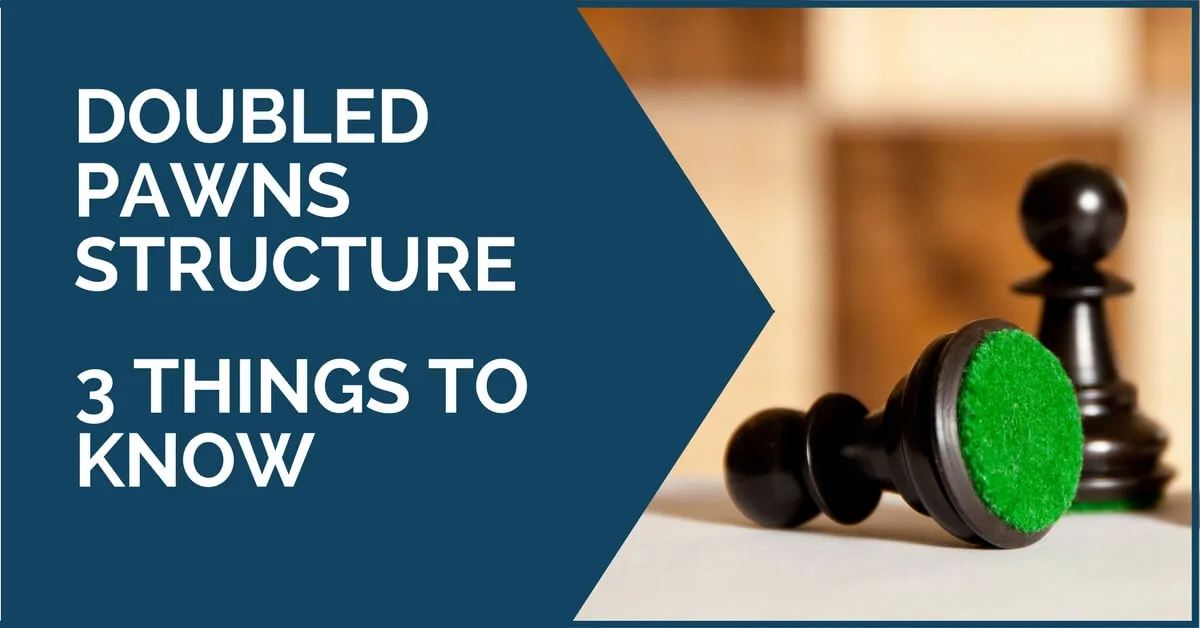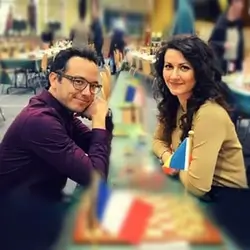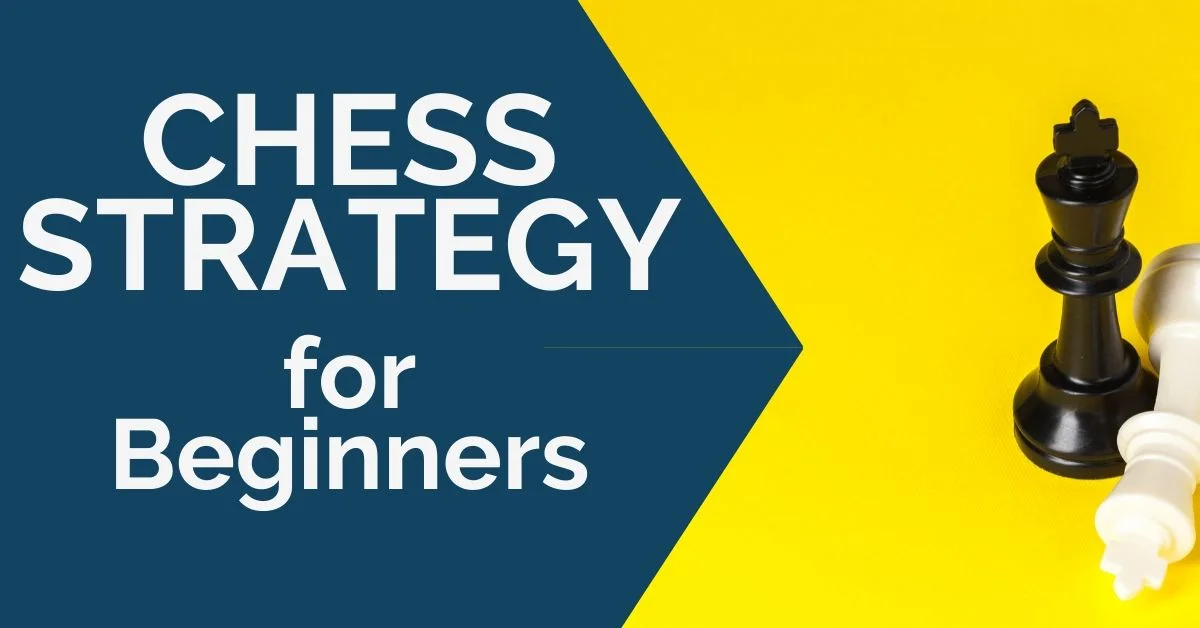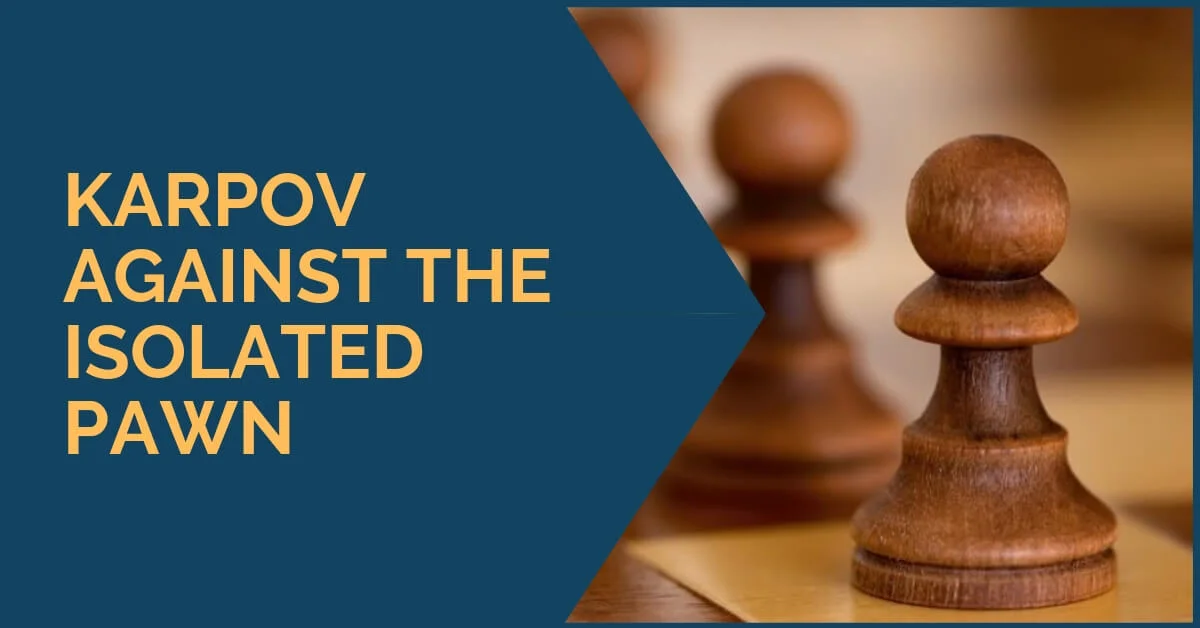Doubled Pawns Structure – 3 Things to Know

The pawn structure is a very important aspect of the game and we should always pay attention to the particularities of every position. This is what helps us determine if the said structure makes our position bad or there is enough compensation to make up for this strategic minus. For example, it is well known that the isolated pawn is generally considered as a weakness. However, it does give control over the central squares and if you are able to keep the position dynamic, then it can work in your favor.
The doubled pawns, the subject of our current article, are another good example. They are often seen as a weakness, but if they control important central squares, then things may not be as clear.
In our previous articles, we have presented both of the aforementioned situations and have given illustrative examples in order to better understand when such a structure represents a weakness and when not. In this article, we are going to talk about the doubled pawns structure in regard to the piece cooperation.
For this, we have chosen a rather unusual way of ruining the opponent’s structure – giving up the important fianchetto bishop.
Trading this bishop for a knight on c3 (c6) is usually a difficult decision to make since you are not only giving up the bishop pair but an important defender of the kingside. This is why it is important to understand the types of positions where this is possible and how you should keep playing once you have decided it is a good call:
- First of all, you must make sure to keep your opponent’s activity to a minimum; try to control the game at every moment and keep him tied up. Remember, in this case, piece superiority is more important than material superiority. The doubled pawns usually stay in the way of his pieces, so there is no point in hurrying to pick them up;
- Full domination and constant threats. Hold on to the initiative and don’t allow your opponent to “breathe”. Create a threat with every move, but also pay attention to your opponent’s active ideas; combine prophylaxis with active play;
- Make use of the squares that have been weakened after the change in the structure. Improve your pieces and place them on ideal squares, increasing the squeeze over your opponent’s position.
Next, we have chosen three examples from Grandmasters’ play of how to apply the ideas above in practice. The first game was played by Venezuelan Grandmaster Eduardo Iturrizaga, a specialist of the Maroczy structure, where this idea is present at all times. Here, he scores an impressive win over Moldavian Grandmaster Dmitry Svetushkin. Check it out:
Another opening where this idea is quite common is the English, where it is white who employs it. In this case, white’s idea is to castle long and start an attack on the kingside. Due to black’s worse structure on the queenside, it will usually be more difficult for him to start an attack and white can get the upper hand, as it happened in the following game:
In the last game, we will see the same idea in the Symmetrical English, but this time executed by black. By giving up the fianchetto bishop early in the game, black gains control over the queenside and starts putting pressure on White’s position.
It is not easy for white to find a good set-up to meet black’s threats, while black’s game seems to be flowing naturally. White’s bishops are completely useless and are limited by his own pawns. Check out the next game to better understand the ideas employed in this type of positions:
Giving up the fianchetto bishop, especially for a knight, is usually known as a big no-no. However, we hope that reading this article has given you a different view on this aspect and you will consider employing it as a way of getting control over the position.
Thank you for reading!










Comments: